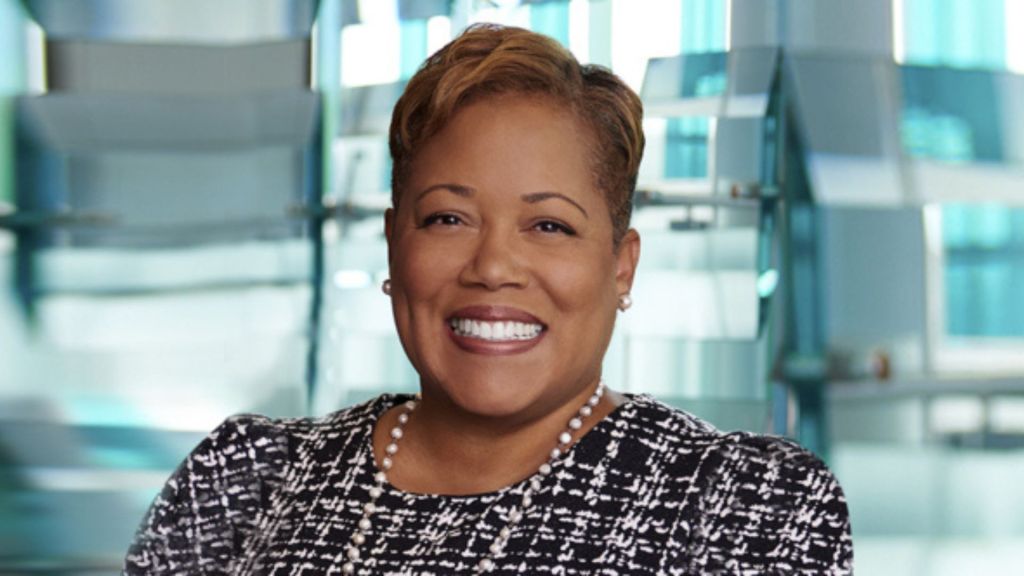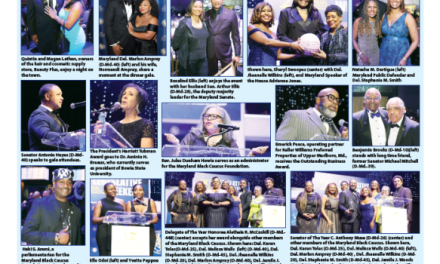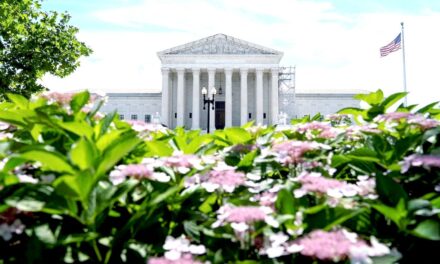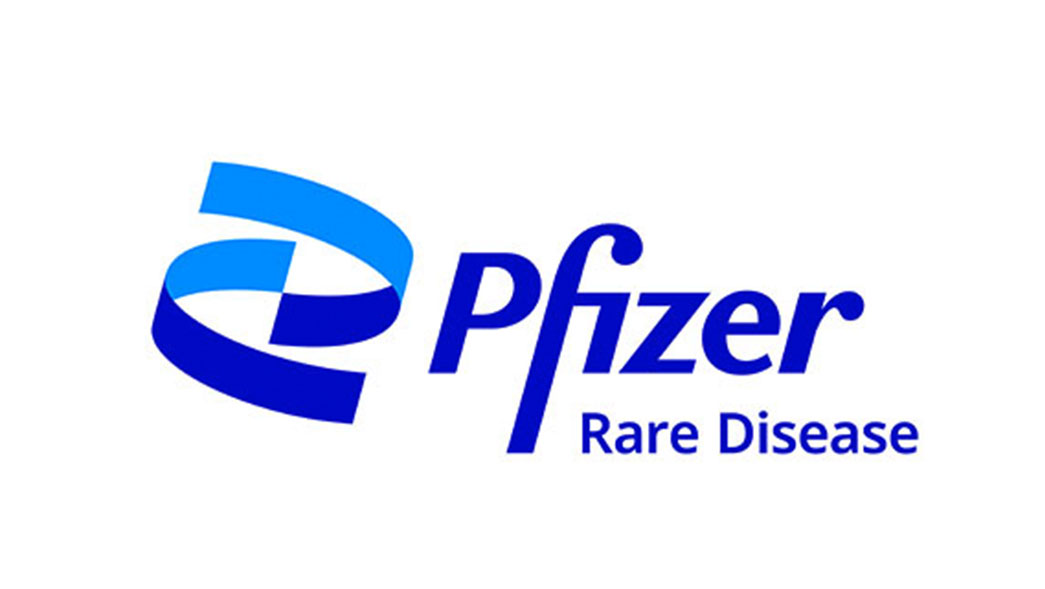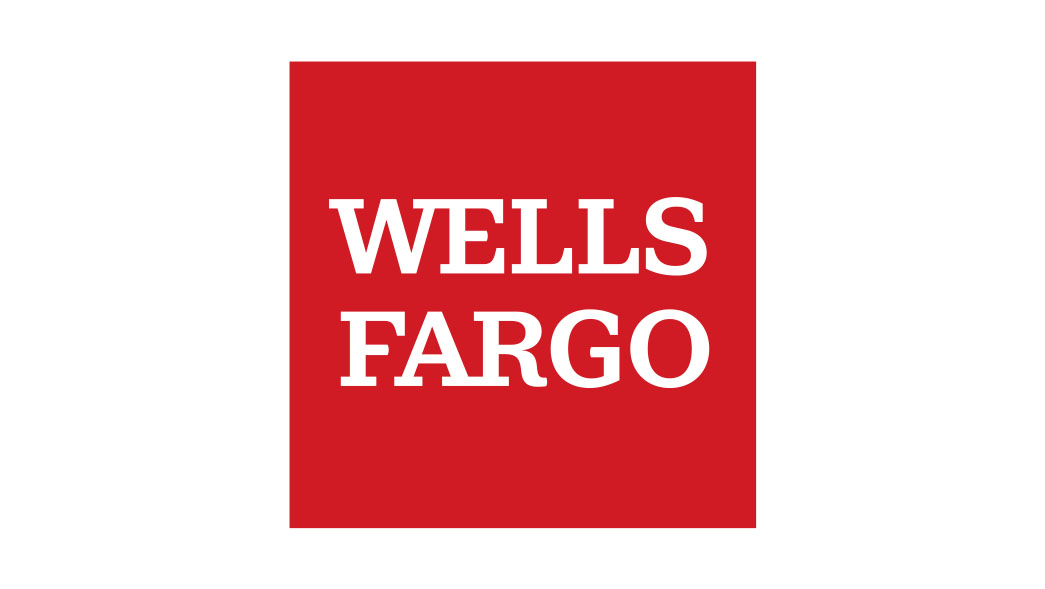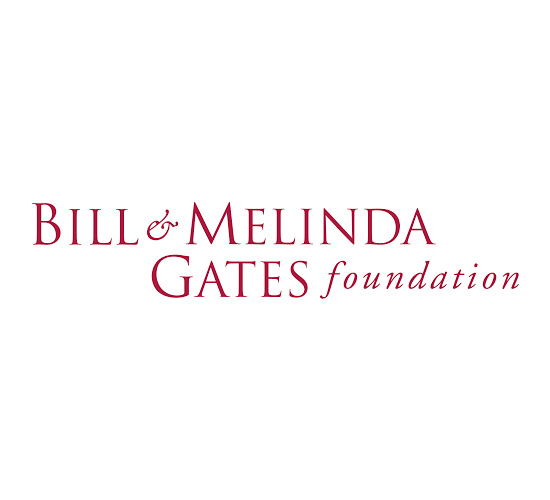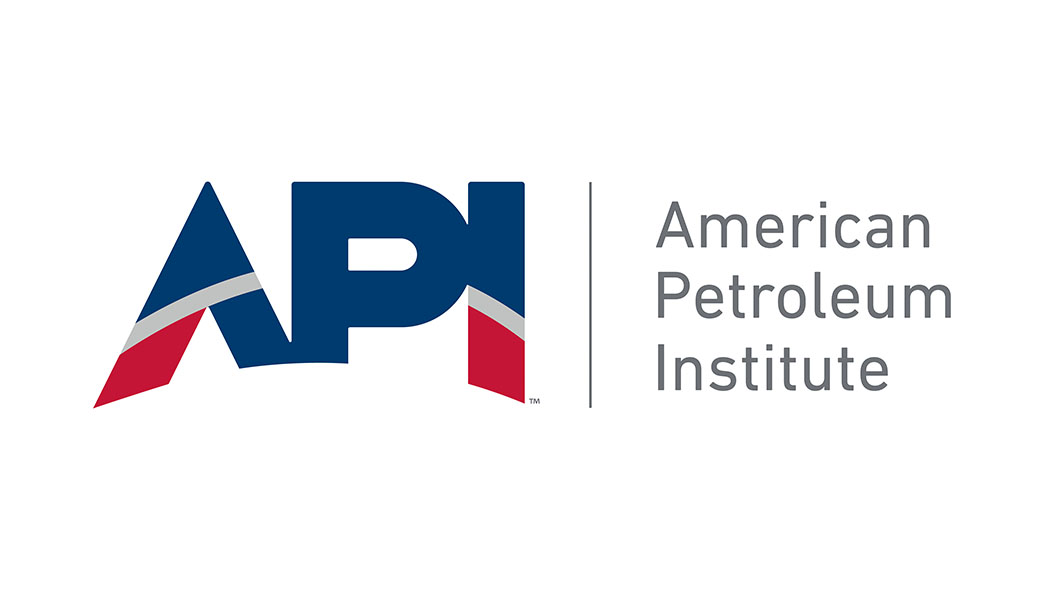By Janet Currie
As we settle into 2025, there’s still time to reflect on resolutions — not just for ourselves, but for our families. Among the many goals we can make, one stands out for its long-term impact: teaching financial literacy. This often-overlooked gift can empower children with the skills they need to navigate adulthood with confidence and independence.

Credit: Courtesy photo
Bank of America’s research shows that only 47 percent of college students feel financially prepared for the real world. This statistic highlights a critical gap, but the new year offers a golden opportunity to start bridging it. By integrating financial lessons into 2025, parents can lay a foundation of fiscal responsibility that will benefit their children for years to come.
Read below for a few strategies to consider as part of your family’s financial resolutions.
Incorporate financial lessons into upcoming activities
Make your own opportunities to teach children about budgeting and planning. For instance, give your child a set budget to organize a family activity, such as hosting a movie night or creating a cooking challenge. These exercises can encourage them to think critically about costs, prioritize spending and practice decision-making. These skills, taught through fun and engaging experiences, can help demystify budgeting and make it an approachable concept for kids. Lean on Bank of America’s free Better Money Habits platform for tools and resources that can offer additional guidance.
Prepare for cash gifts by opening a bank account
Many children may have received cash or checks during the holidays, which presents an excellent opportunity to discuss saving and managing money. Opening a bank account for your child can instill a sense of ownership and accountability. Bank accounts like SafeBalance Banking® for Family Banking provide tools to help children learn healthy financial habits, while giving parents the ability to guide and monitor their progress. These accounts also introduce kids to essential banking concepts, setting the stage for future financial independence.
Emphasize the value of giving back
Teaching children to allocate a portion of their funds toward charitable causes can be a powerful lesson. Involve them in selecting a charity or organizing a family volunteer activity. This not only fosters compassion but also teaches valuable budgeting skills and the importance of prioritizing spending. Learning to give thoughtfully can shape your child’s financial habits and their understanding of social responsibility.
Gain independence and practice responsible spending with a debit card
If your child has already shown responsibility with money, consider introducing them to their first debit card. Tools like SafeBalance Banking® for Family Banking allow parents to monitor spending and set limits, providing a safe environment for children to learn how to manage their own funds. While many local venues like Camden Yards, Lyric Baltimore or Baltimore Convention Center have turned to cashless concessions, the experience of buying with their own debit card can be empowering and teach the value of mindful spending.
Financial literacy is a gift that grows more valuable over time. By embedding these lessons into your year, you can set your children on a path to financial confidence and independence. For 2025, consider making financial education a cornerstone of your family’s resolutions. After all, the best gifts are the ones that last a lifetime.
The post Financial independence starts early: Make 2025 the year of money lessons appeared first on AFRO American Newspapers.

